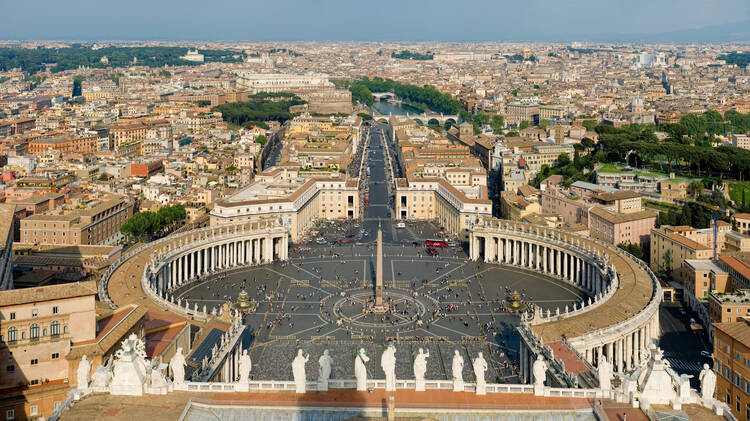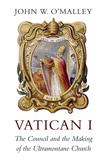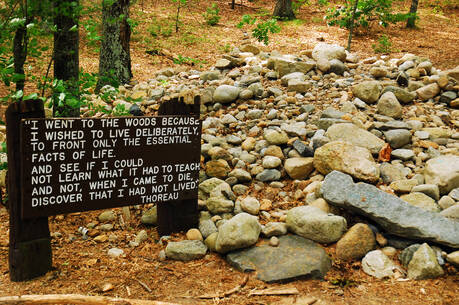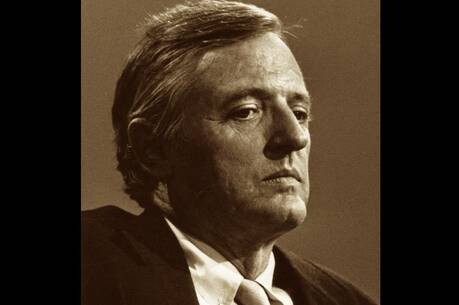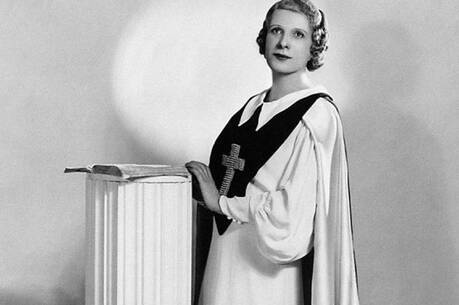Review: Vatican I more Catholic than the pope?
With Vatican I: The Council and the Making of the Ultramontane Church, John O’Malley, S.J, the worldwide dean of church historians, has completed his trinity of works on church councils. His books on Trent (2013), the Second Vatican Council (2008) and now the First Vatican Council are all inspired by the course he taught for years called “Two Great Councils,” and by friends who urged him not to overlook the “middle child” between Trent and Vatican II. In answering that call, O’Malley completes his masterclass in church history and ecclesiology of the last 500 years, telling us as much about the church now as then. As usual, his history never forgets the story: We hear the yelling and strategizing on stage and off as proponents and opponents of infallibility virulently used the popular press during Vatican I to make their partisan cases. These fights resonate in today’s church: imagine if Döllinger and Newman could tweet.
Discussions in Rome in 1870 about power and authority, rooted in the first era of the church and wrangled over during her medieval centuries, hardened positions about loyalty to the very person of the pope. This conception of the papacy clashed with Gregory the Great’s model of a servant leader who holds an office that is always greater than any particular successor of Peter, as Pope Emeritus Benedict XVI demonstrated with his resignation in 2013.
Imagine if Döllinger and Newman could tweet...
O’Malley notes the booster rocket for the ultramontanism simmering beneath infallibility debates was the loss of the papal states. At the same time, the global authority and prestige of the papacy rose, culminating in what papal historian Eamon Duffy described as the pope’s role as the oracle of God. The resulting centralization and even cult of the papacy—Duffy termed it “papalotry”—has long turned some in the church away. In recent decades, the disillusioned have been those attracted to Vatican II’s promises of episcopal collegiality and lay participation, even as that very same centralization attracted new or returning Catholics who embraced the monarchical magisterium of St. John Paul II.
But in promulgating the doctrine of infallibility, what did Pius IX and Vatican I really accomplish? In the end, is not soft authority in place of hard, defined power more lasting, loving and evangelizing, because it invites by witness rather than imposes and demands? Vatican I introduced disillusion more than clarity, and led to the language of crisis, even fear-mongering and character assassination at its worst, that were as dangerous in the 19th century as they are today—ironic for a faith whose central belief in the Resurrection preaches hope and communal love.
This article also appeared in print, under the headline “More Catholic Than The Pope,” in the April 30, 2018, issue.


